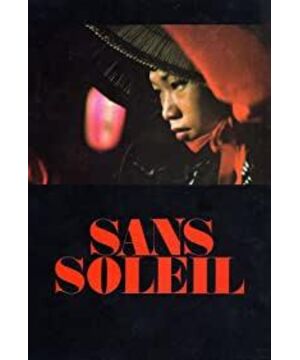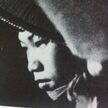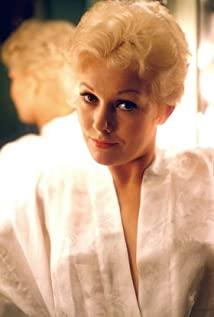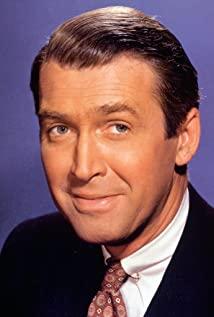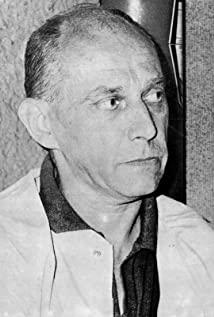This work is classified as a documentary, but I don't think it is a documentary. Compared with the documentary's record and capture of reality, I think the expression of the director's image language in this work is higher than the record. The re-creation on the record, and the director has his own video language, so I think it is closer to the film. When it comes to the re-creation of this film, I have to mention that the director used his own text to splicing finely fragmented images in genius. Such finely fragmented images are so real that in my opinion the greatest actors can't interpret this. The most realistic living form of individuals under the group portrait, when these most realistic group portraits are spliced into a carrier for the director to express some history and culture of a country, you actually find that the meaning of the group portrait is actually tampered with by the director, so We were brought into his perspective by the director, into his world, and followed him to create, but this creation is constantly tampering with our current imagination. Directors who really understand movies I don’t think they will allow something outside of their director’s will to tamper with their films, but directors can flexibly tamper with the audience’s imagination. I won’t expand on this movie, I think it is a A very modern dream, its expression is coherent with a very authoritative director's will in the popular, I even think it is a very wonderful text image, it drives the image with thought! In fact, we can also see another similar expression of individualization in Sokolov's films. Of course, there is no such a large artistic pattern. Using a small world to carry the director's individual thoughts is ultimately better than using an individual to express himself. Expressing his cognitive thoughts is more persuasive.
View more about Sans Soleil reviews


